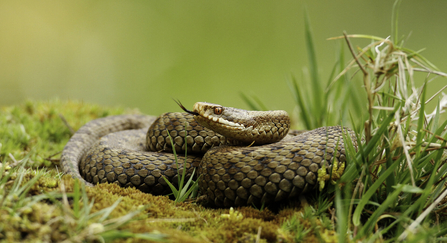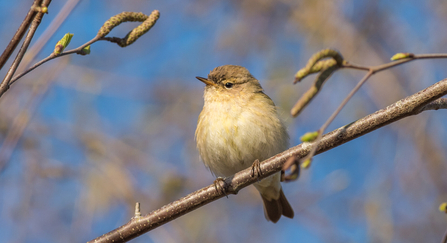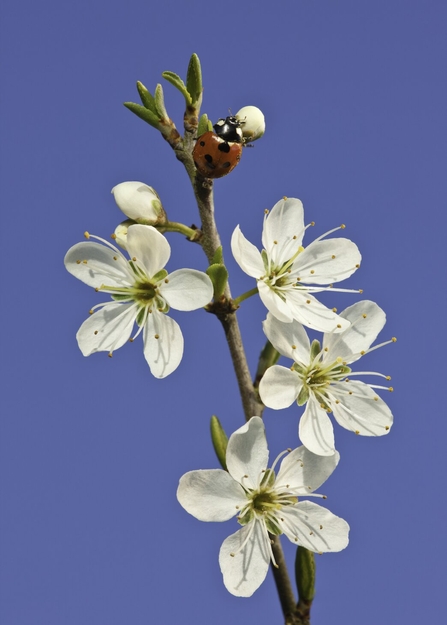1. Butterflies
You may spot your first butterfly of the year this month! As the days get warmer, species that have over-wintered as adults will take wing. Look out for species like Red Admiral, Brimstone, Comma and Small Tortoiseshell.
As butterflies are ectothermic, they rely on external heat sources to warmup. At this time of year, you can spot them basking in the sunshine, angling their wings toward the sun, so they can heat their flight muscles ready for take-off! In March, butterflies feed on daffodils, dandelions and primroses so keep an eye on these spring flowers for our fluttery friends.
Go butterfly spotting at one of our nature reserves. Find your local reserve here.





